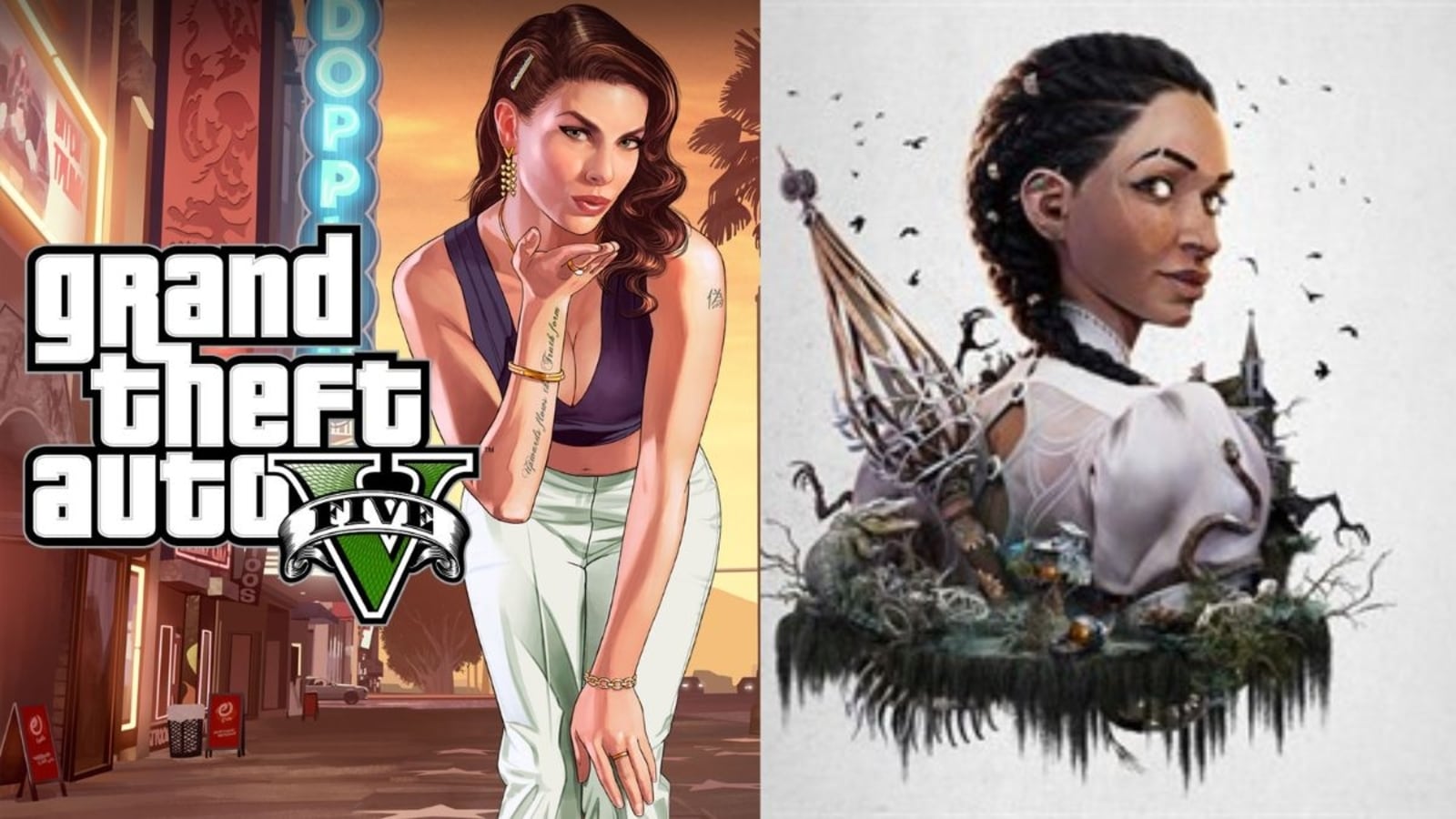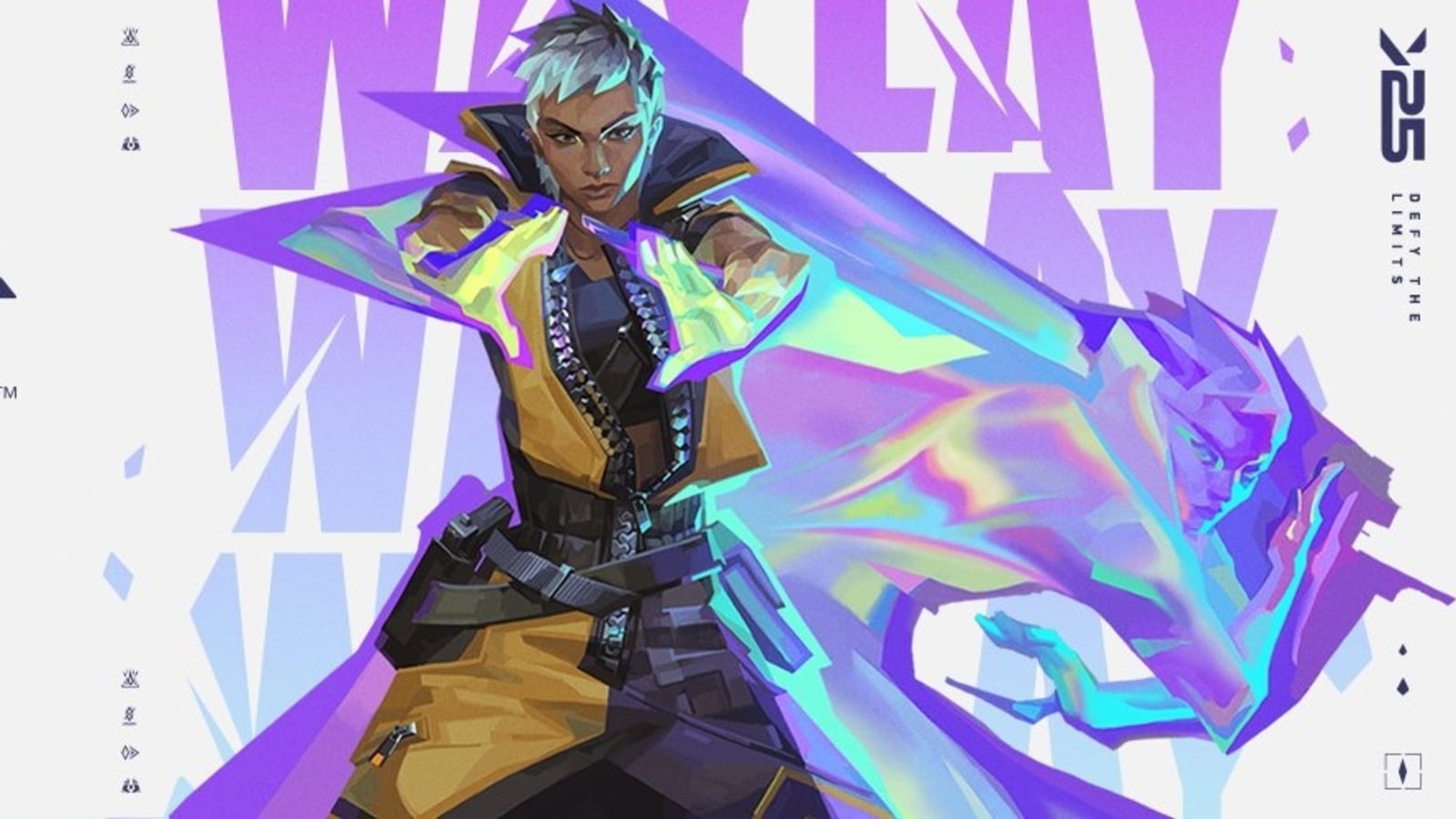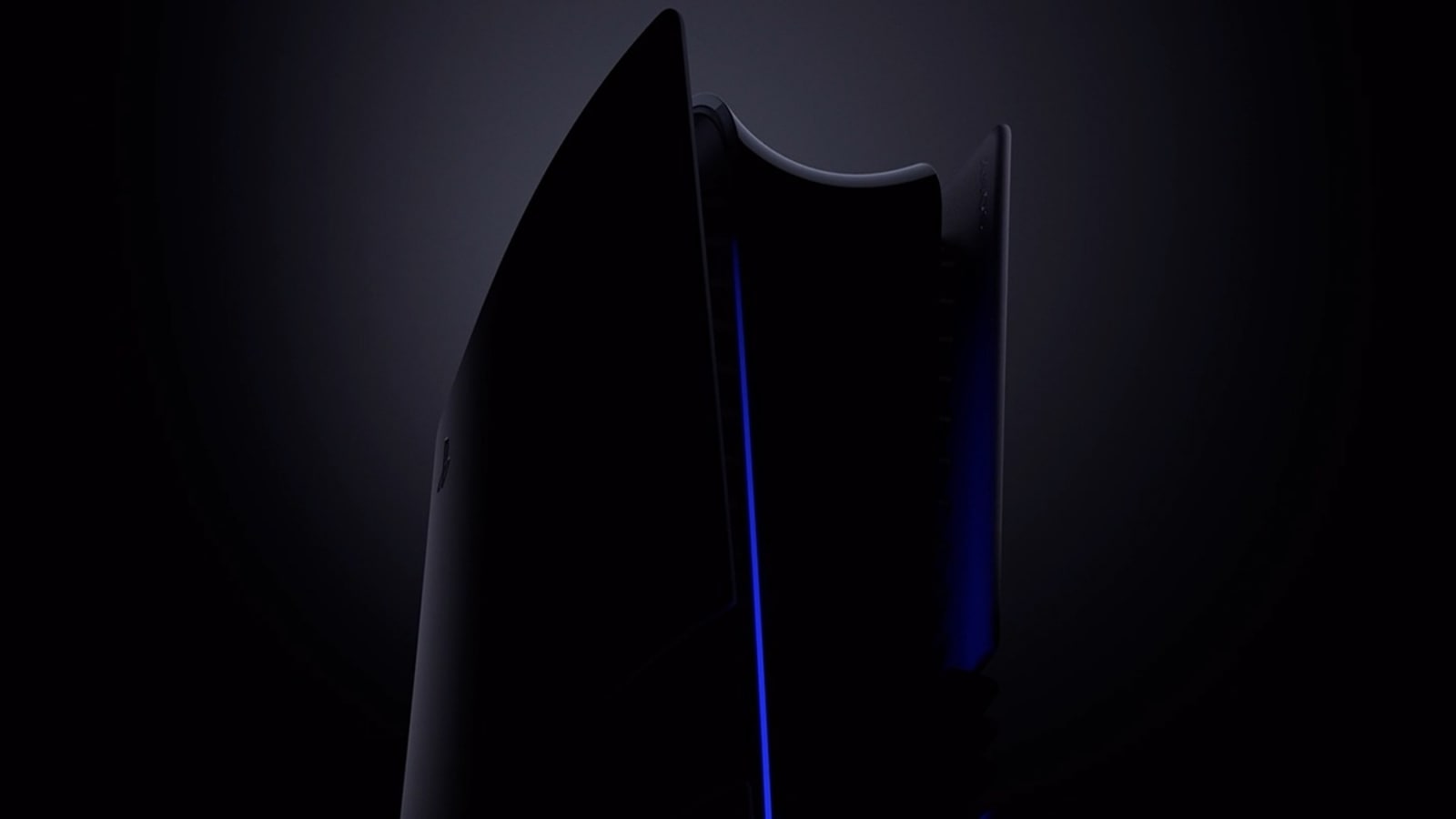The fall art season has arrived, with its manic harvest of exhibitions, and also The Armory Show, the major art fair in New York City that shifted its schedule and venue last year, moving to this early-September date and the Javits Center. With some 240+ galleries showing, and solid delegations from every continent, the fair is abundant and properly international again after a slimmed-down 2021 edition constrained by Covid-19 travel restrictions and hesitancy. Those are gone now — though the pandemic continues — and the scene is buzzing.
For collectors and gallerists, fairs like The Armory Show are a chance to transact, of course and to get together. But for the public at large, it’s a great chance to take in a gargantuan amount of contemporary art in a single place. The fair is sprawling but spacious and navigable; the booths have color-coded signs for various special sections. Among these are “Focus,” the curated section, organized this year by Carla Acevedo-Yates, a curator at the Museum of Contemporary Art Chicago, emphasizing work with social and environmental themes, much of it from Latin America and the Caribbean; and “Presents,” for emerging galleries, including many first-timers, which is once again especially rewarding.
So how’s the show? Pretty good. There’s still a whole lot of painting, much of it figurative; some abstract masterpieces of earlier decades, like one from William T. Williams spotted at the Michael Rosenfeld Gallery booth, might make one wonder where today’s counterparts reside. Largely missing too is digital art — a disappointment, given our increasingly tech-shaped lives. But hybrid sculpture, assemblage, drawing all have their day. “Platform,” in the middle of the show gathers large pieces by 12 artists, organized by Tobias Ostrander, a curator at Tate in London; the theme is monuments and their alternatives.
As my colleague Will Heinrich and I wandered the floor to pick these 13 favorites, we were drawn to work that seemed to move against the currents.
Nino Mier (Booth 420)
Titled “Los Angeles Pines,” this group of screen prints, oil paintings and oils on paper by the Angeleno artist Jake Longstreth at this West Hollywood gallery brings a welcome sense of sunlight and air. Each work features a tree trunk, not necessarily pine, in front of a tennis court, parking lot or scrubby vista of low hills. Because foreground and background are rendered with the same mute colors in the same flat style — think of the comic artist Chris Ware — what could be mundane nature scenes become windows into the timeless uncanny.
Donald Ellis Gallery (Booth 111)
Plains Indian “ledger drawings” from the early 20th century, with their vibrant graphite horses in red, yellow and purple, are an art fair staple. But this year the horses frame three enormous photographs by the contemporary Lakota artist Dana Claxton. Showing his fellow artist Iikaakskitowa against a green-screen-like background with a lasso, bow and arrow, serape, or lowrider bicycle, the pieces speak to the mutability of identity and to the complicated ethics and optics of performing one’s identity for an audience.
David Zwirner (Booth 100)
Chris Ofili meets Huma Bhabha in a matchup of artists who stretch and bend the human figure. Bright little dots drift across nocturnal colors in a series of recent oils and watercolors by Ofili; in two paintings from 2018, he applies the same palette to towers of dreamy, obsessive little triangles. If his underwater nymphs and satyrs were to climb up into the daylight, though, they’d look something like Bhabha’s gruesome but transfixing cork and Styrofoam sculptures, or like the loose, swirling faces in her large new drawings.
Mitchell-Innes & Nash (Booth 122)
Joanne Greenbaum’s abstract paintings — colorful and obsessive but with plenty of white space — are the eye-grabbers of this unusually coherent three-artist presentation. But Jessica Stockholder’s wonky mixed-media sculptures, sitting in the corners like mysterious forgotten projects, reward more thoughtful attention, as does the unrelenting contrast of red and blue in Brent Wadden’s loom-woven textile “paintings.” Large Rorschach blots painted directly on the booth walls by Stockholder tie it all together.
Kai Matsumiya (Booth P23)
For a moment I thought this Chinatown gallerist was showing Cézanne. He’s actually showing the Basel-based artist Jan Kiefer, who has painted a series of small studies of Cézanne’s apples and skulls. The colors are softer, the contours less hard-won, but they’re unmistakable, and awfully fetching. In combination with three large palette-shaped paintings labeled “Verity,” “Satiety”and “Variety,” they skate past interesting questions about originality and the art market — but they might also be your last, best chance to hang a Cézanne-like object over the sofa.
Siddhartha Mitter Selects
Jane Lombard (Booth 326)
Six spectacular lightboxes by the Shanghai-based artist LuYang, who veers between male and female pronouns, remedy the shortage of digital works in the fair. They stage the artist (who is also in the Venice Biennale) as Doku, an avatar developed with a whole scientific and animation team, in some wild situations — there’s a great severed head — that mine punk and K-pop, manga and mythology. The scenes correspond to Buddhist realms of rebirth — a hopeful outlook, perhaps, given the world’s general trajectory.
Polígrafa Obra Gràfica (Booth 331)
Founded in 1964, this Barcelona workshop produces editions by artists-in-residence; its seven-artist booth here stands out for its graphical values and also affordable prices, clearly marked so you don’t have to ask. Etchings by Atsushi Kaga and by Liliana Porter, the latter in three dimensions thanks to a paper door folded open or the addition of a tiny figurine, are delicate and playful; Callum Innes’s aquatints have oceanic depth, and in Jaume Plensa’s black-and-white relief prints, organs — hearts, brains, guts — tumble past schematic heads.
Mrs. (Booth F6)
Nickola Pottinger’s striking sculptures result from an intuitive process that the artist developed involving paper pulp, collage, pigments and embedded found objects, including from her block in Brooklyn. Described as wall reliefs, they are quizzical, irregular, vaguely ritual, and seem on the verge of motion — a kinetic charge that conveys, if abstractly, the Jamaican-born artist’s dance background and interest in the body. Seen in the recent New Museum Triennial, Pottinger is shown here by Mrs., the alternative gallery in Maspeth, Queens.
Almeida e Dale (Booth F28)
Muted greens and browns prevail in the paintings and drawings of Hélio Melo — pastoral scenes whose calm sweetness is deceptive, harboring at closer look the tension and tragedy of environmental predation. Melo, who died in 2001, was a rubber tapper in Acre, in the Brazilian Amazon, and a self-taught artist, writer and musician. His scenes, in works from the 1980s and 1990s in this presentation from a São Paulo gallery, are at once prosaic, with tappers marking trees or sitting in clearings, and fantastical — bare branches form impossible patterns, and as a clear-cutting fire rages, the animals weep.
SMAC (Booth S2)
You can catch Wallen Mapondera in the Zimbabwe Pavilion of the Venice Biennale — or in this elegant presentation from a major South African gallery. The humble materials — egg cartons, woven sack cloth, palm tree nuts — speak to ongoing penury and resilience in Zimbabwe, but the resulting sculptures and wall works are as much autobiographical: A canvas surface is in fact a tarp from the artist’s studio, encrusted with its crumble of work dust, and swirling patterns in stacked cardboard are painstaking renderings of his fingerprints.
Afronova (Booth P19)
Born in Madagascar, based in Paris, and shown here by a Johannesburg gallery, Malala Andrialavidrazana presents a new series of complex digital collages that combine historical research and a vivid imaginary. Each starts with a vintage world map that the artist disturbs with a host of archive images — dams and derricks, endangered animals, colonial statuary, bank notes, ethnographic documents, but also much that is unplaceable and chaotic. It’s a vivid illustration — and warning — that “imperial order” is always illusory.
Sow & Tailor (Booth P25)
This Los Angeles art space opened during the pandemic with a mission to escort local early-career artists into the marketplace. This is its first New York showing, as it is also for Tidawhitney Lek, a painter whose domestic and neighborhood scenes stage family and friends from her Long Beach Cambodian American community. These paintings balance a bold palette rich in pinks and oranges, details like a newspaper headline on the Roe v. Wade reversal, and a furtive touch — a disembodied hand reaches around a wall, clothes vanish in a dark closet, a figure exits the frame. They’re exciting.
Sean Horton (Presents) (Platform #7)
An interdisciplinary artist and performer based in Jersey City, N.J., Nyugen Smith has made his “Bundlehouses” — found-object sculptures that evoke the precarious shelters that people make in the wake of catastrophe — since 2005, but his disposition and his day job as a teacher made him leery of the market. Now showing with Sean Horton (Presents), with a solo presentation at its Chelsea space, his works arrive fully formed — medium-scaled, atop low pedestals, equally informed by Bettye Saar, Robert Rauschenberg, and African spiritual objects like Congolese nkisi power figures, but with a grace and lightness all their own.
The Armory Show
Opens to the public Friday through Sunday, Javits Center, 429 11th Avenue, Manhattan, (212) 645-6440; thearmoryshow.com.






















